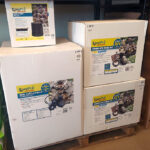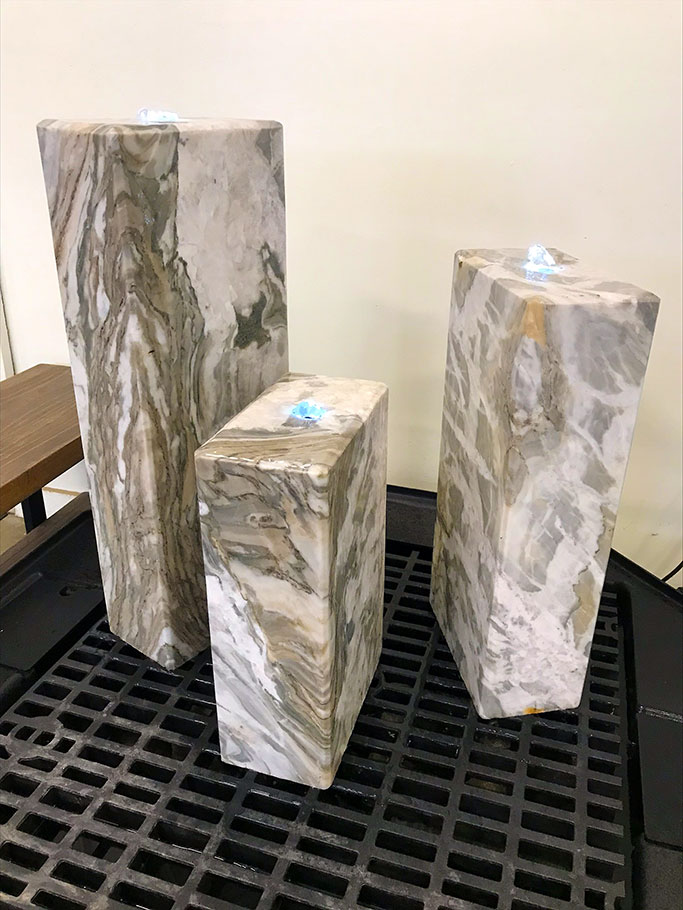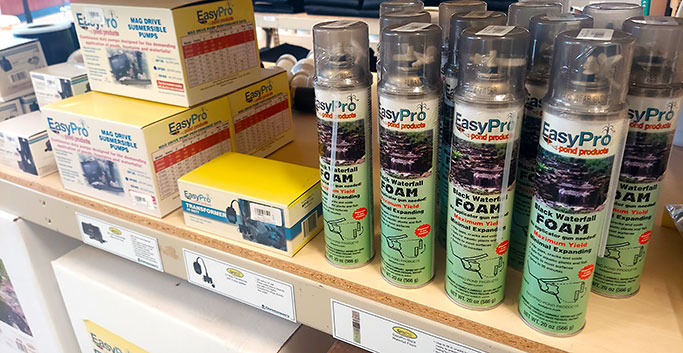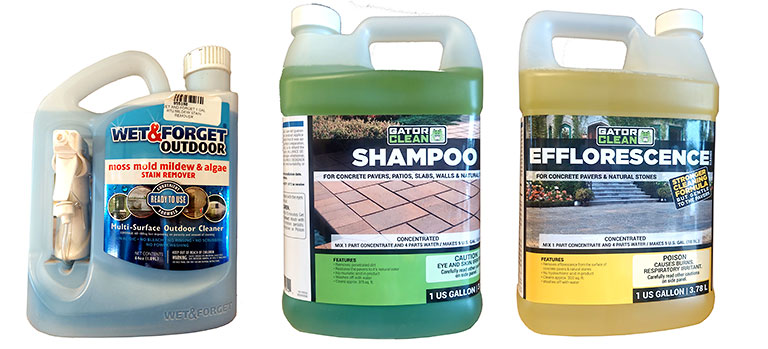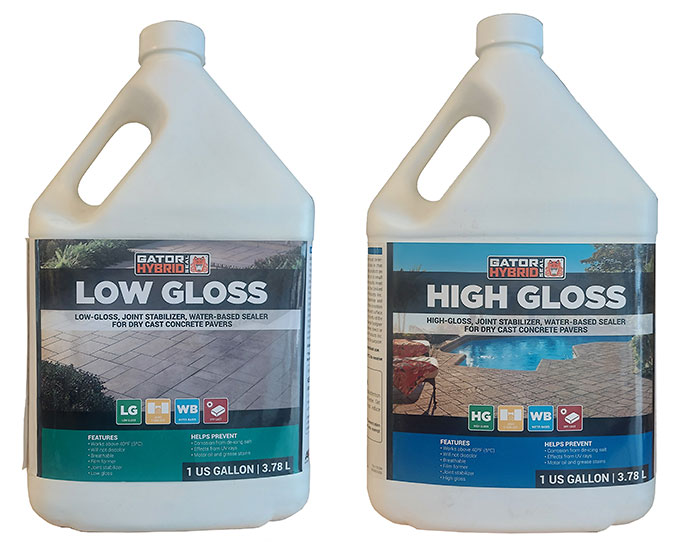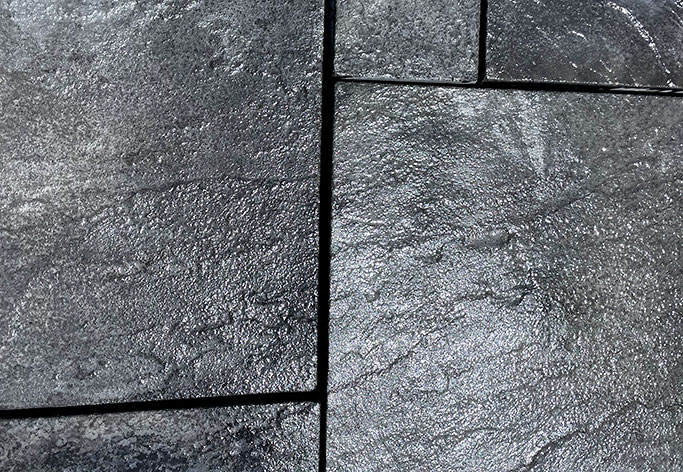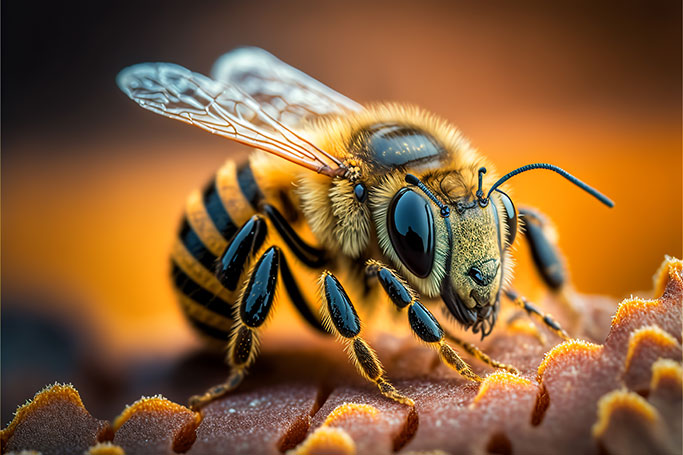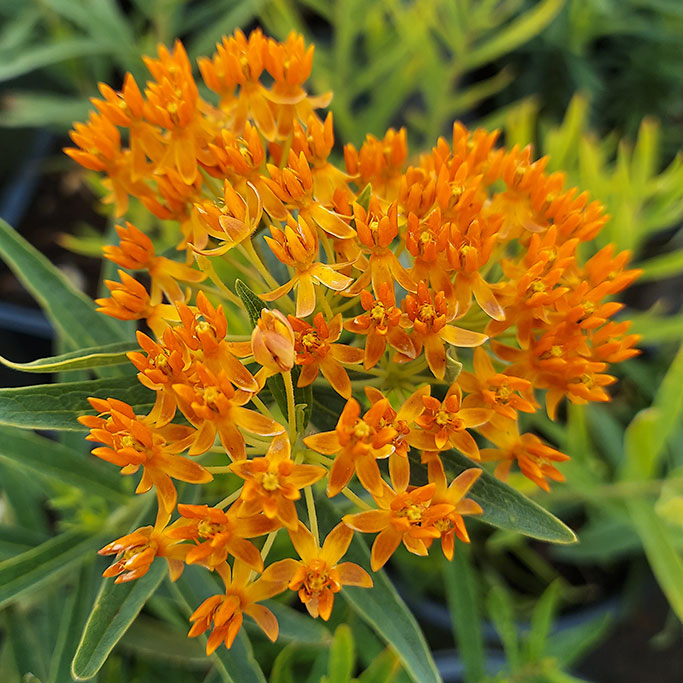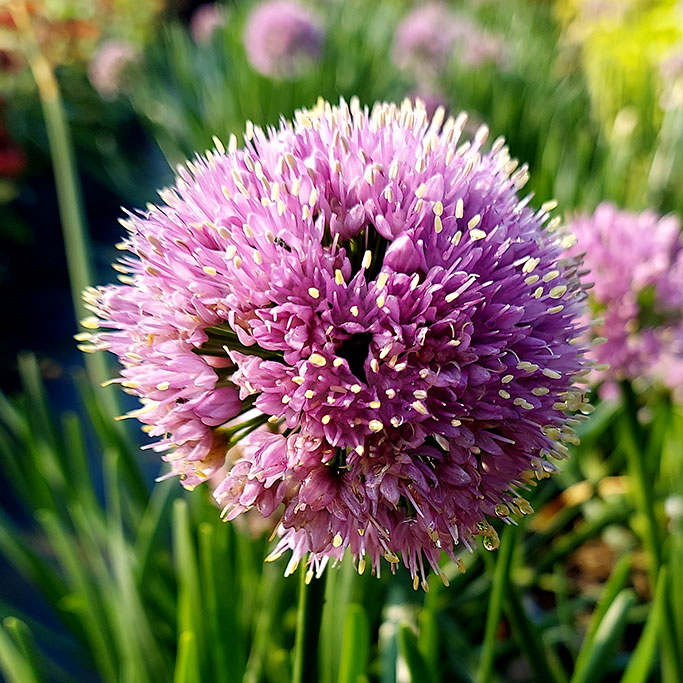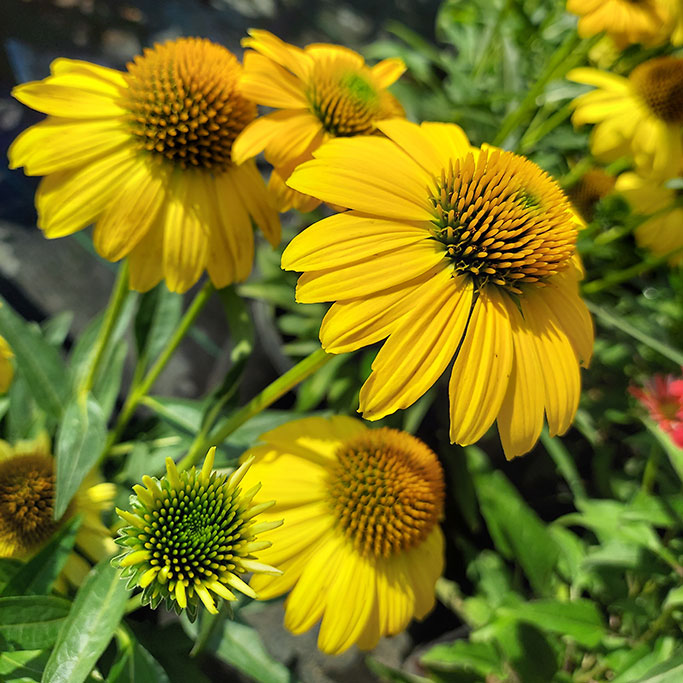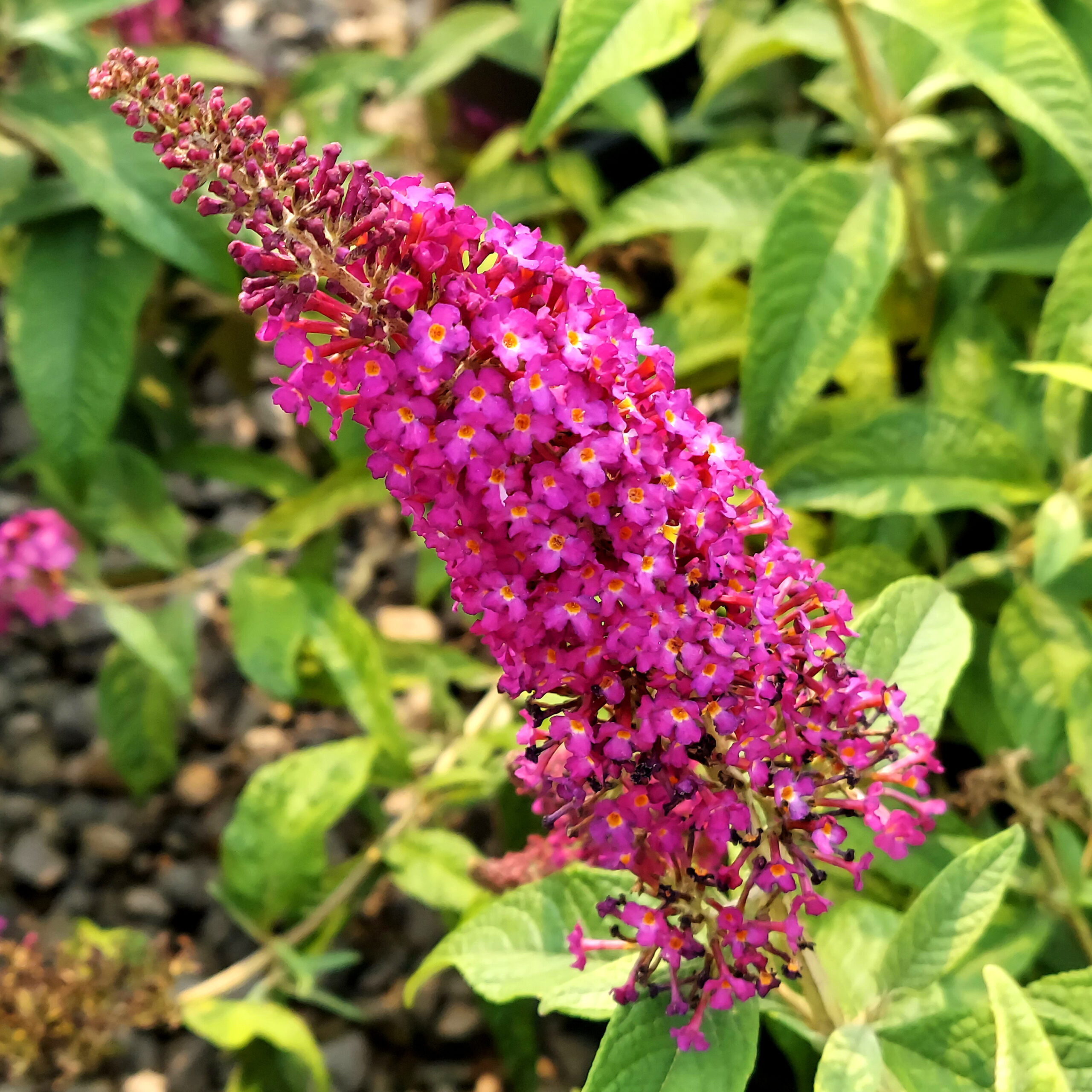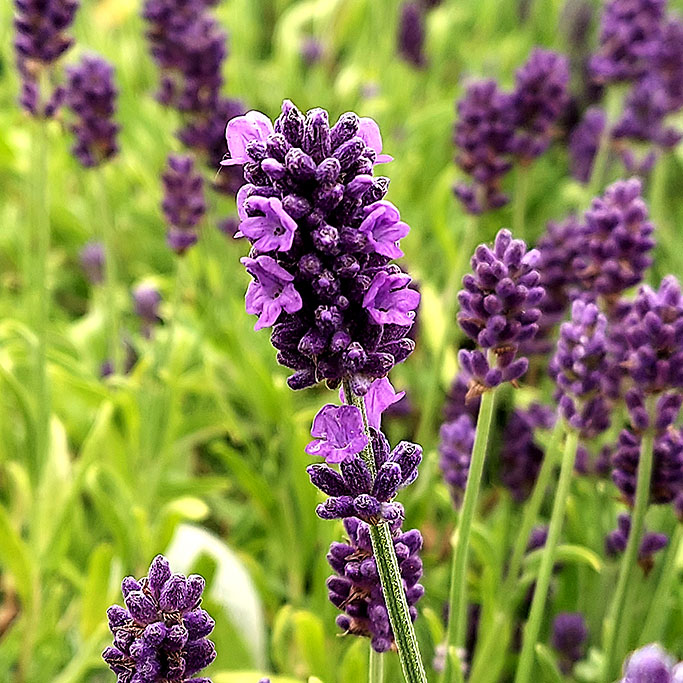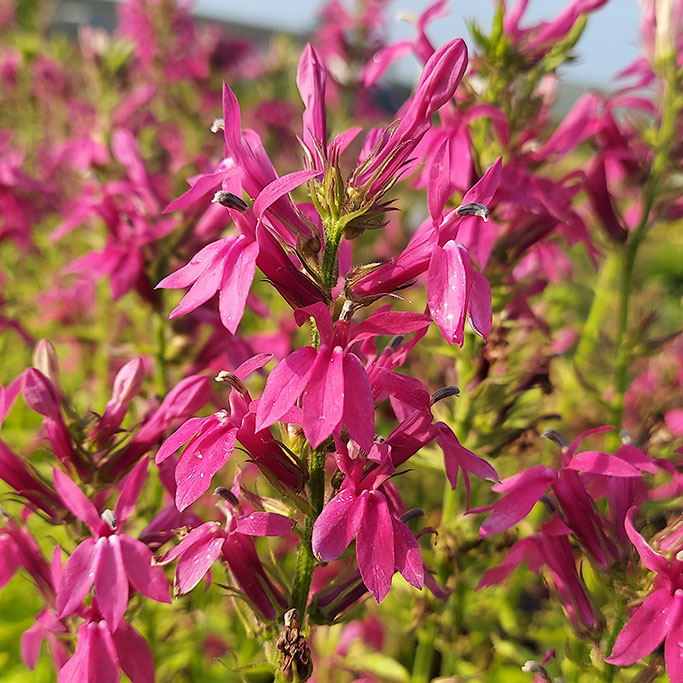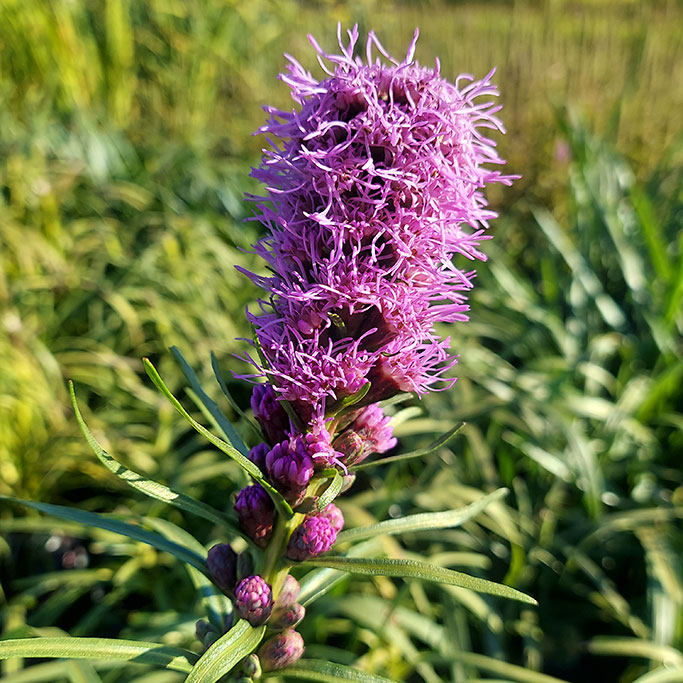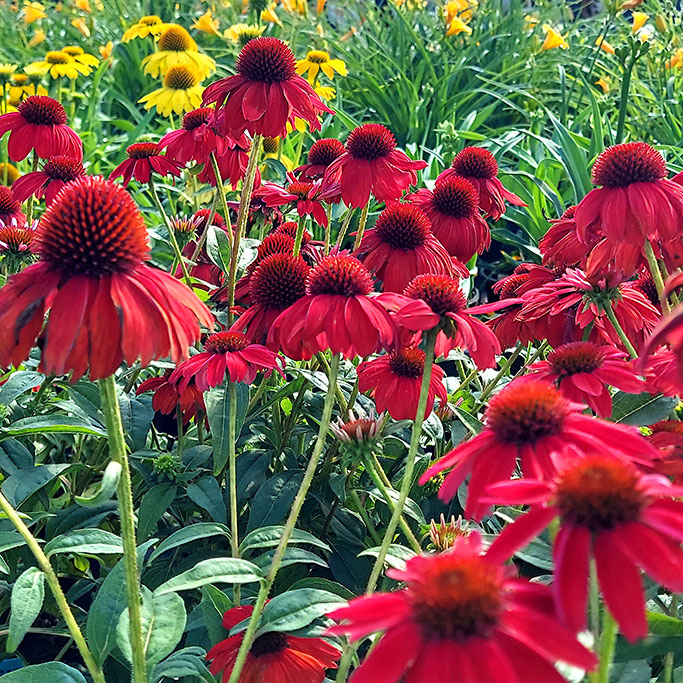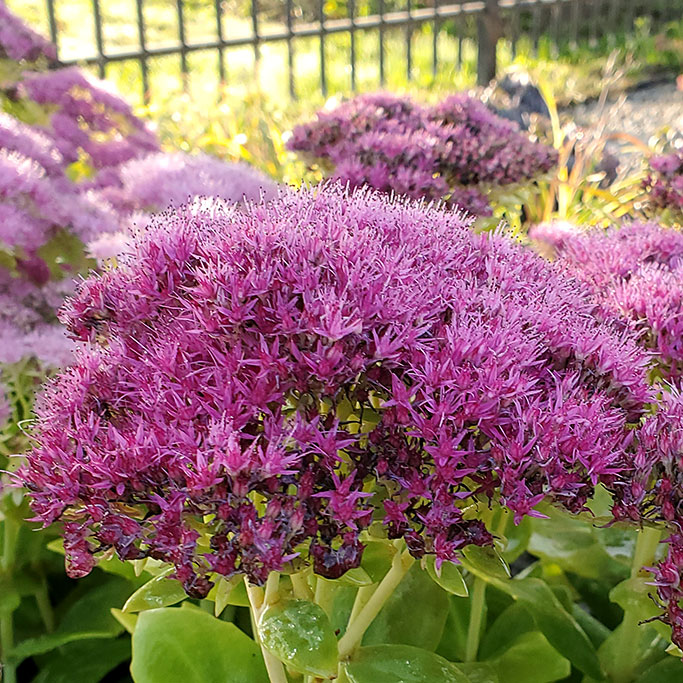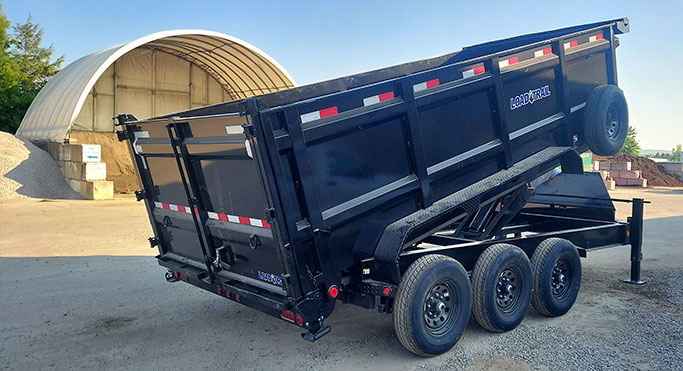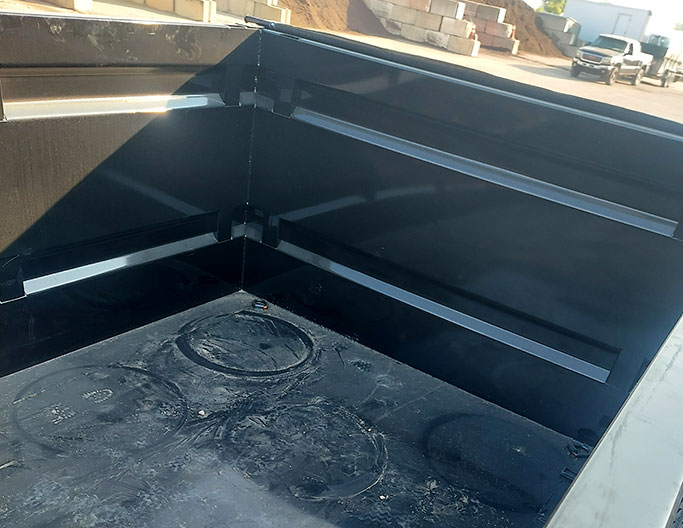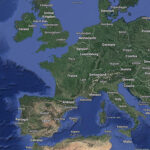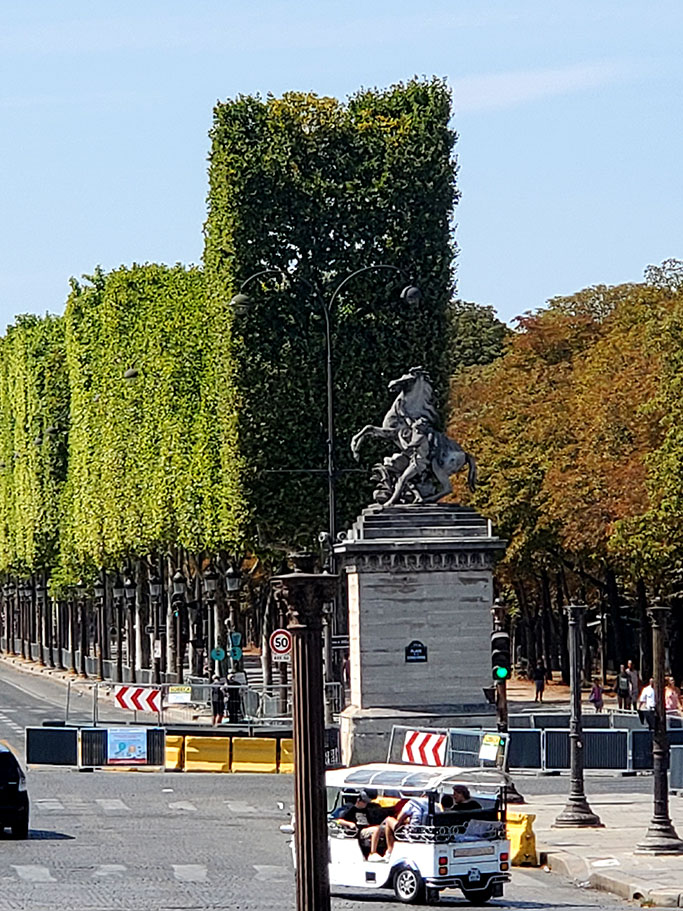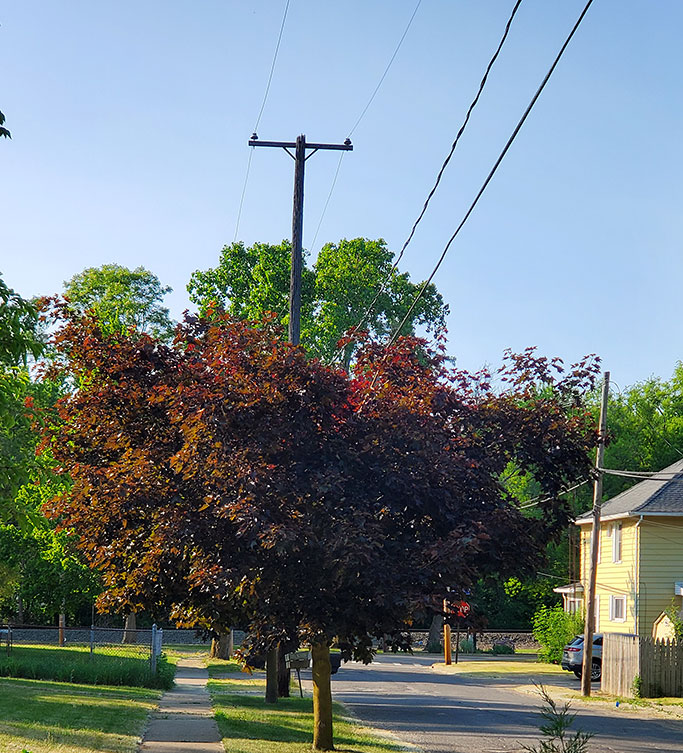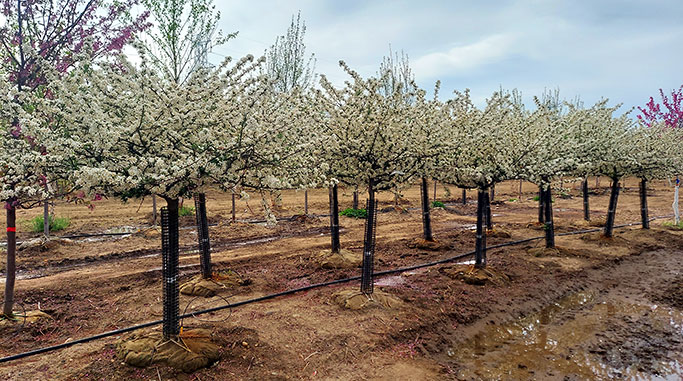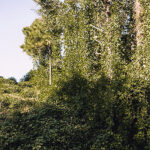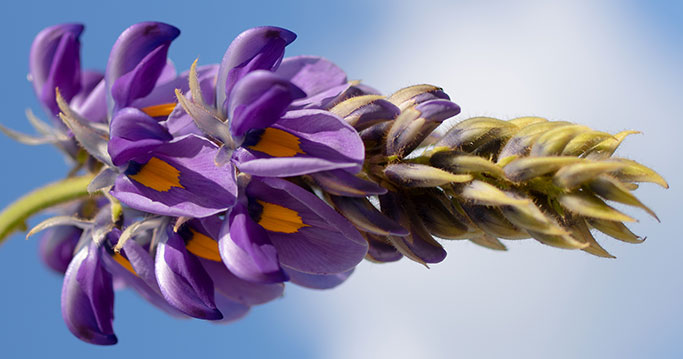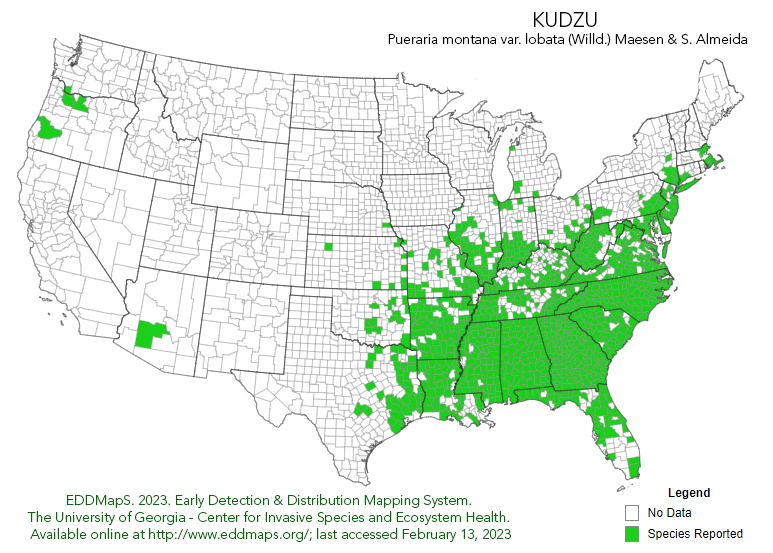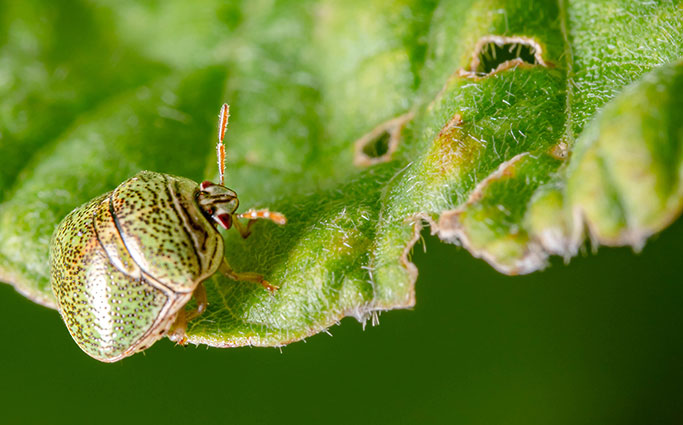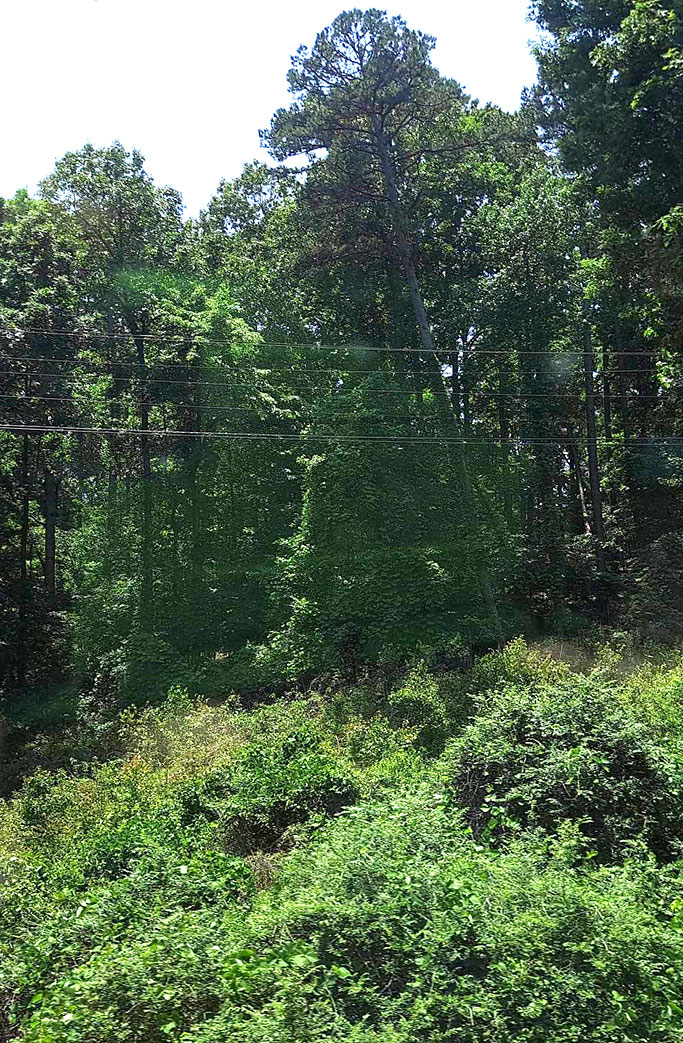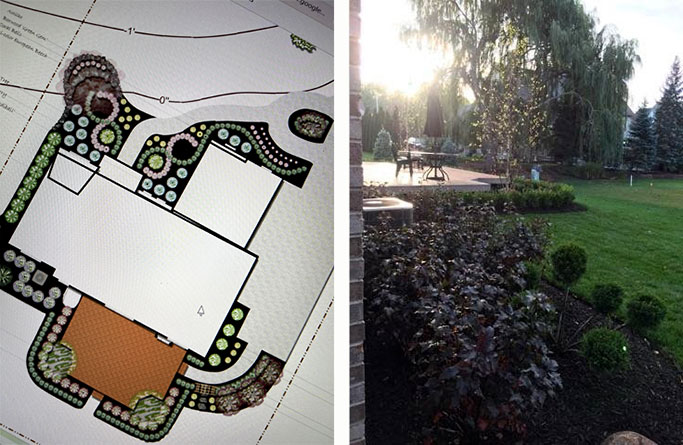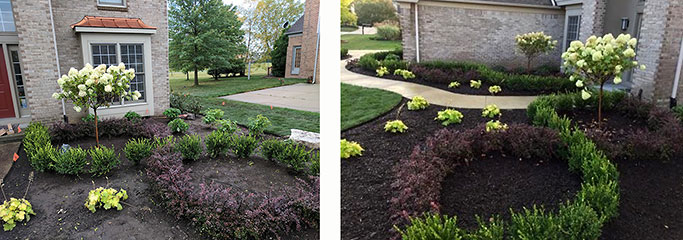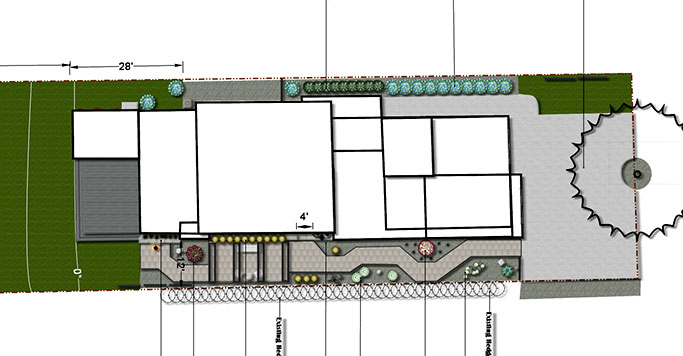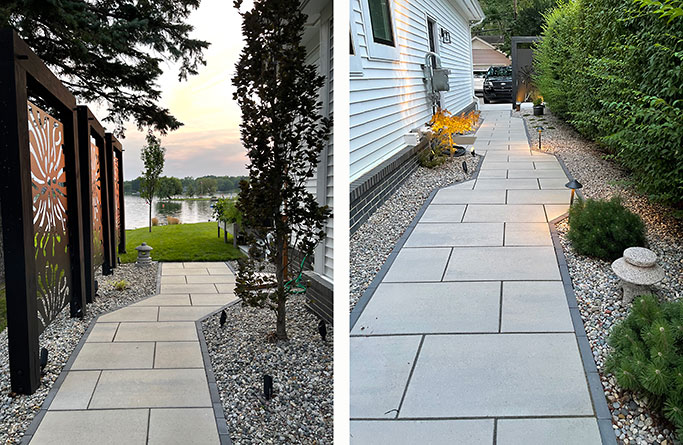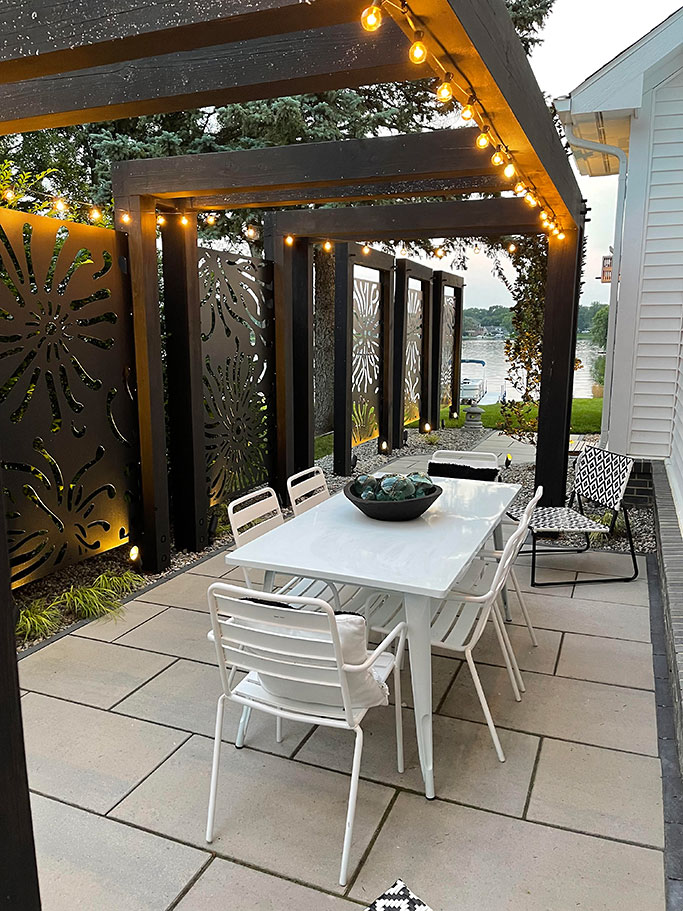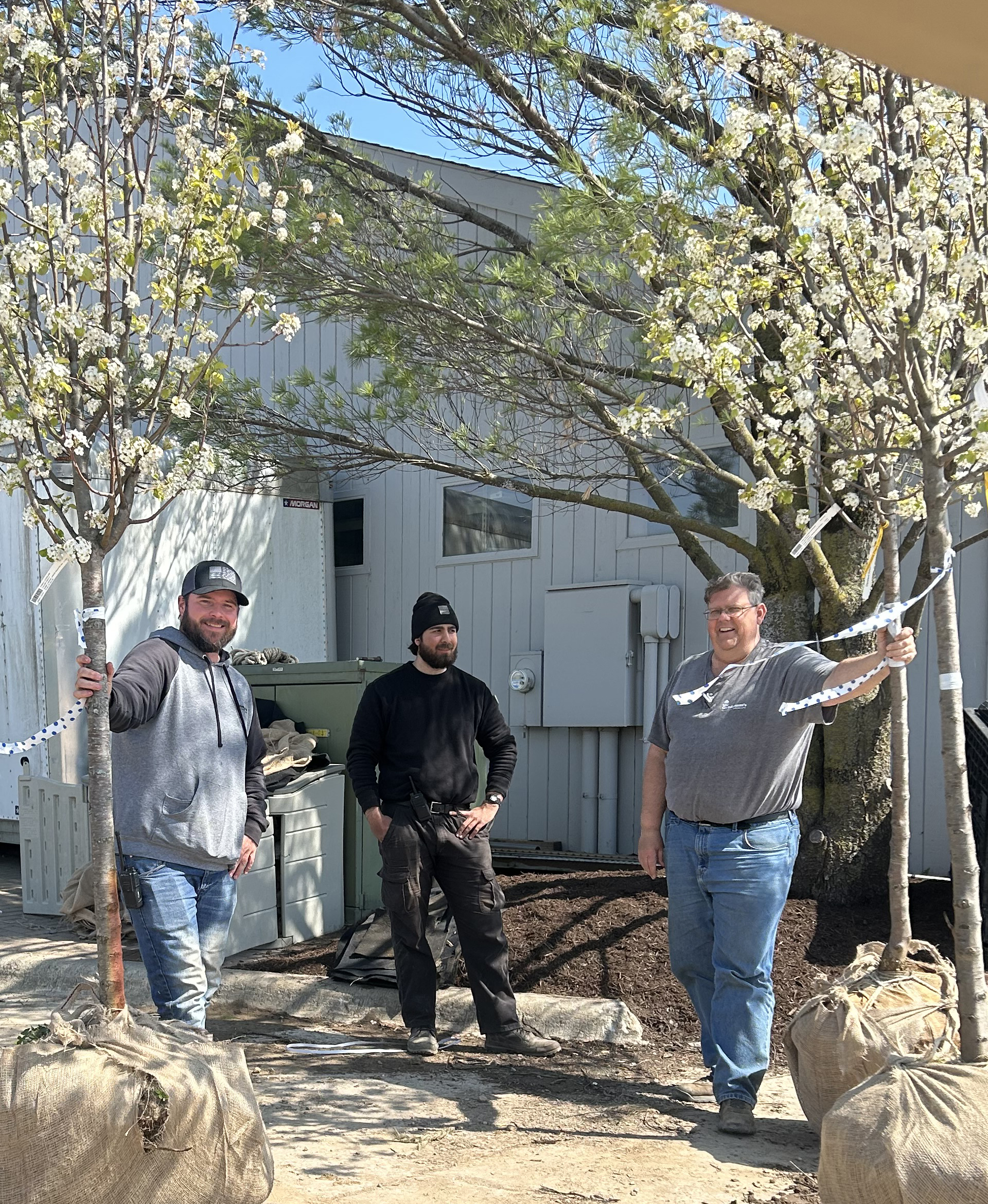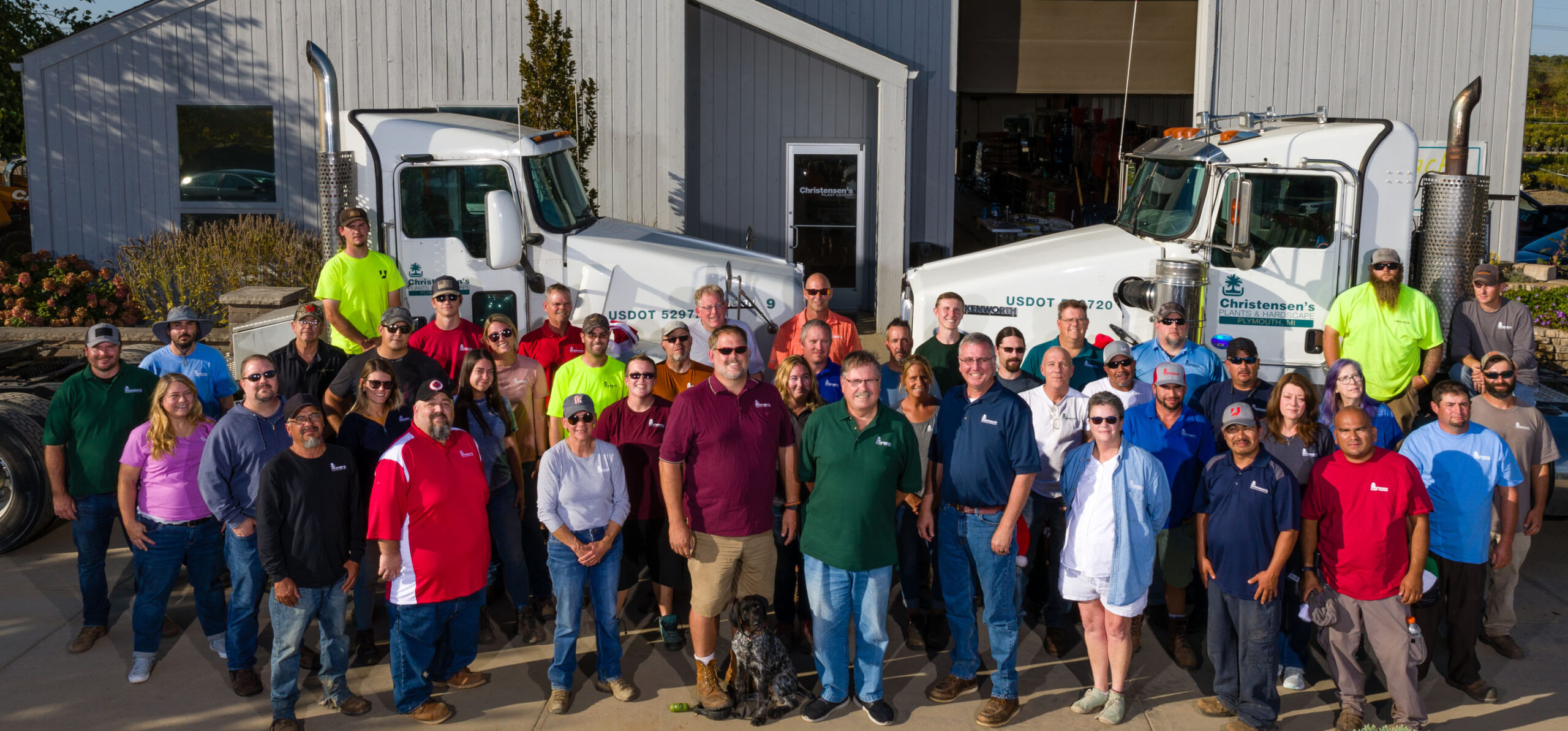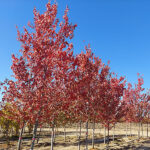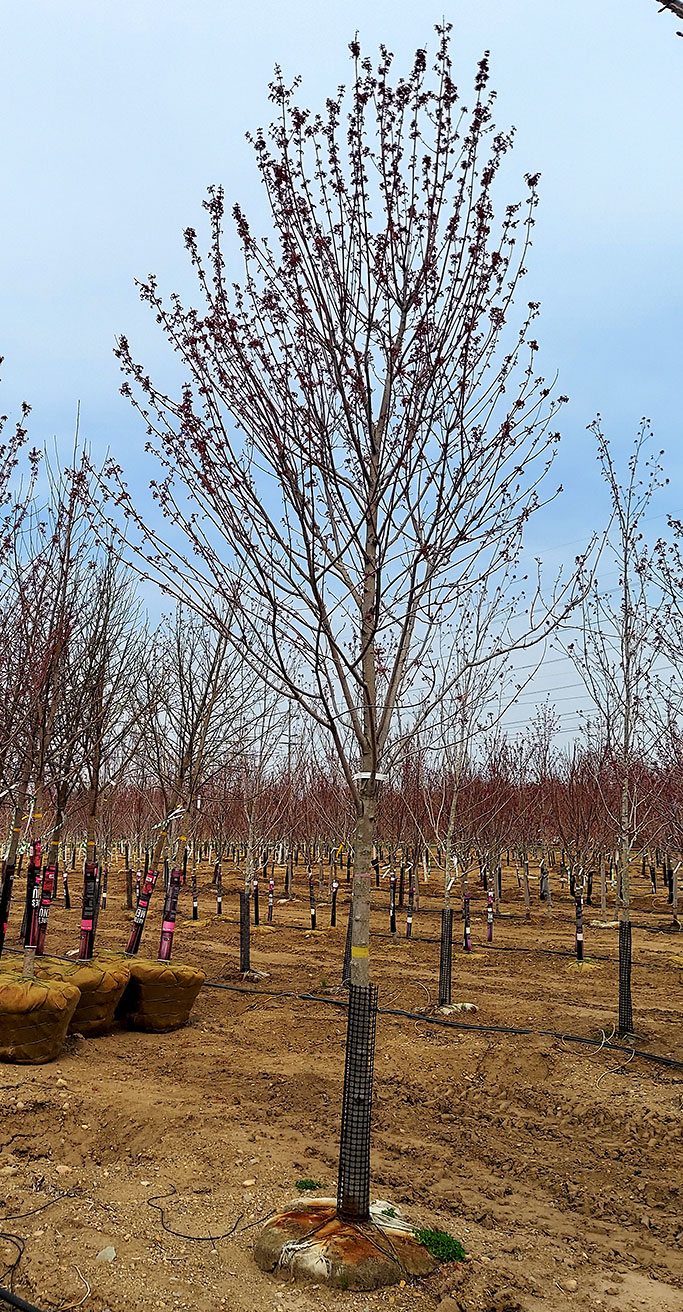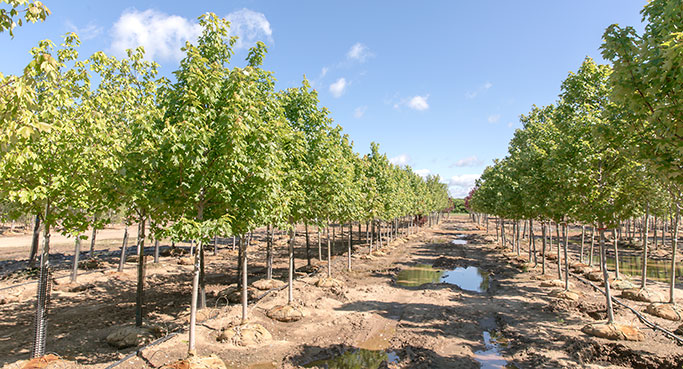New Favorites in Perennials, Grasses & Shrubs
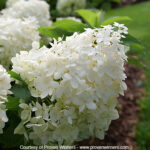
Welcome back – I hope that everyone had a great holiday. Whew! Spring is finally over! For me, summer is a time of slight relaxation. 2023 is humming along and I have a month until I must start 2024. (Let’s not think about that!).
I wanted to check with everyone and make sure you all saw some of the new plant varieties at the nursery – if not, come on in as there are more newbies here and incoming.
There are a couple of new plants that I am excited about. Of the hundreds of new cultivars every year it is hard to know what to choose. Sometimes, I throw dice, sometimes I look at the magic 8-ball, and sometimes it has to do with a catchy name (I am a sucker for a catchy name!). Then I do some research and decide if the name is catchy enough! Check some of these out:
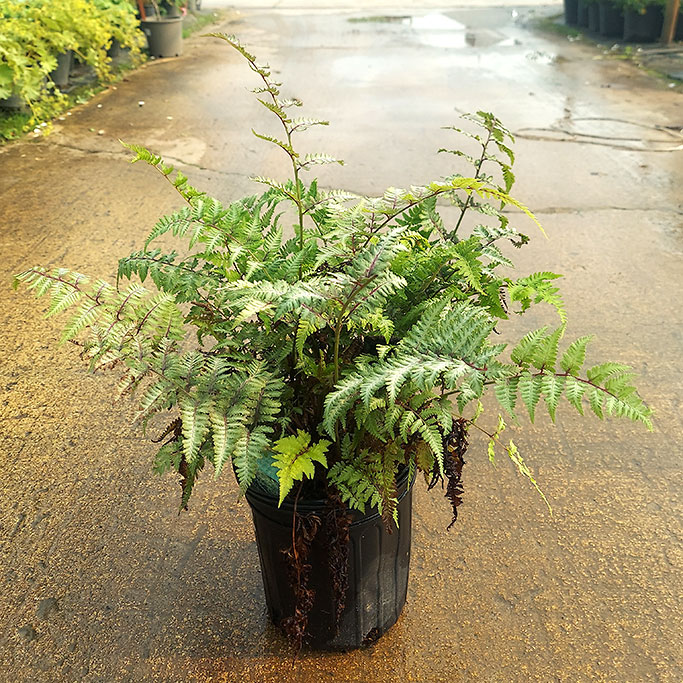
First off, we have 2 new ferns – are you ready? “Godzilla” and ‘Metallicum’. In this case, it was the names!! I was never a fan of Metallica (nor any of those big-hair bands!) but Godzilla is not only a great movie but also a great song (Blue Oyster Cult). ‘Godzilla’ is thought to be a cross of pictum (“Painted Fern”) and felix femina (“Lady Fern”). It has the upright habit of a lady fern and the colorful foliage of a painted fern. ‘Metallicum’ is an older variety but returning to the market. Nearly identical to a painted fern this one has redder coloration.
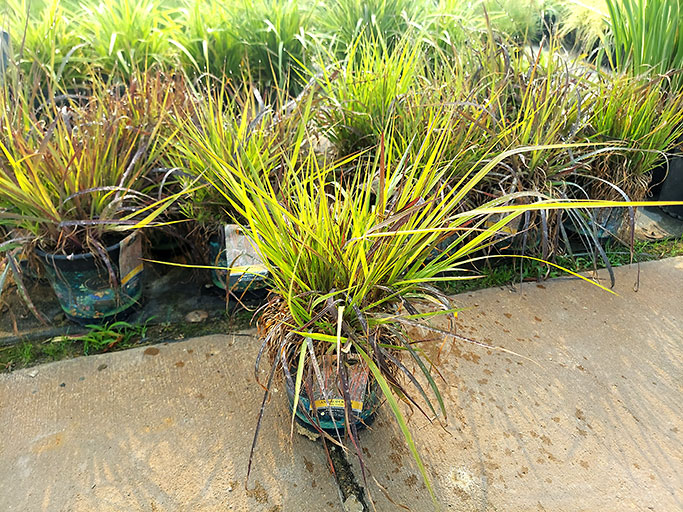
I have a couple of newer grasses this year, as well. My favorite is the Andropogon gerardii cultivars. Check out ‘Holy Smoke’ (Cheech and Chong movie ??), ‘Blackhawks’ (again with the movie?), and Red October (another movie!). ‘Holy Smoke’ and ‘Blackhawks’ both are going to be 4-5’ tall and ‘Red October’ is a dwarf coming in at 2-4’. All 3 are native prairie grass and rock hardy. All 3 also have purple-green leaves and get varying shades of red from mid-late summer through fall.
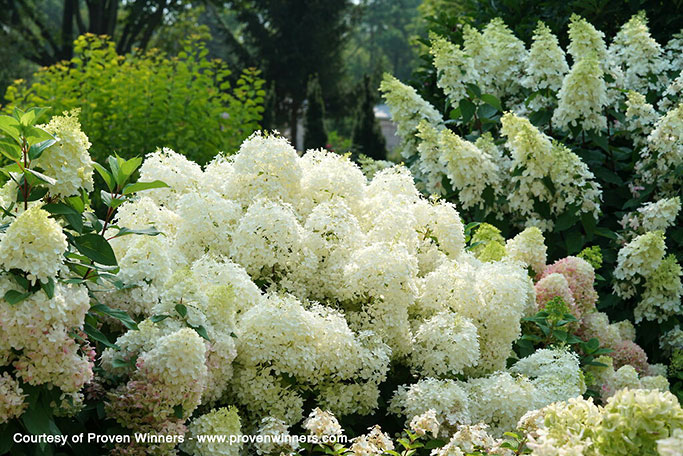
I also have a couple of new Hydrangeas! Please don’t tell Chris!!! They are a secret. The one I am most excited about is Hydrangea paniculata ‘Puffer Fish’, “a Bobo on steroids”! It has white flowers that age lime and pink. They will typically send another flower at this same time and rebloom over top of older blooms. It gives the effect of double flowers – very showy. It seems everyone likes the compact habit of the ‘Tuff Stuff’ so take a look at this one ‘Pop Star’ . This one is from the Endless Summer people. This is a typical blue or pink lacecap (macrophylla). However, ‘Pop Star’ is far more compact (and looks far denser) than the traditional ‘Endless Summer’. Its biggest claim to fame is that it reblooms much faster than a traditional ’Endless Summer’.
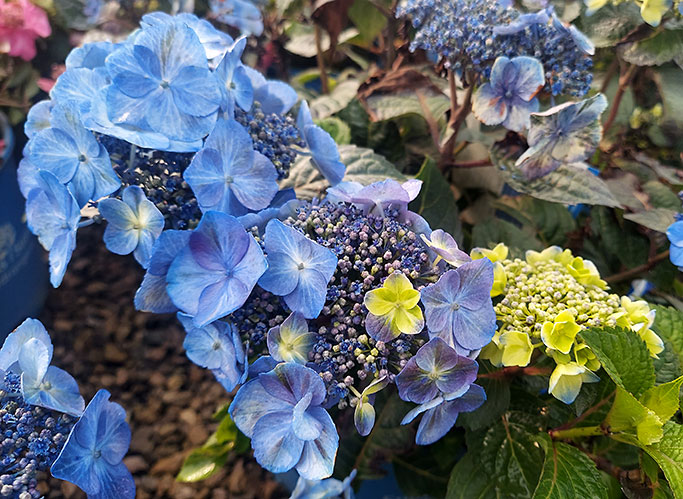
Unfortunately, I haven’t been able to get my hands on Jeffery’s Weigela ‘Bubbly Wine’. If you were unaware, Jeff Good is now the patent holder of Proven Winners® Weigela ‘Bubbly Wine’. I will let him tell you all about it. I on the other hand will tell you about a relative of Weigela ‘Midnight Wine’ with darker, shinier burgundy leaves and a 12’ tall about 3’ wide habit. W. ‘Midnight Wine Shine’ is also much denser. Finally, W. ‘Very Fine Wine’ is a dwarf – 30x30” with better hardiness and heavier rebloom.
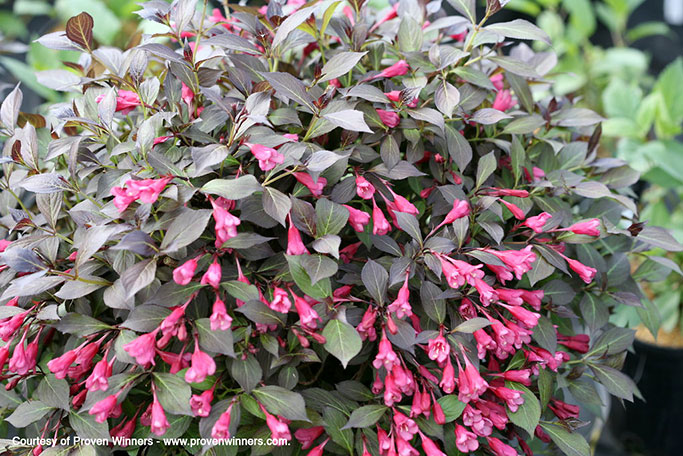
Before I let you go – let’s talk Ilex crenata ‘Sky Pencil’ I have not grown this personally and we have not had it at the nursery before. Everyone is yelling at me about this plant. Everyone wants it and I keep saying it is not hardy enough for us, you keep saying it is! I have special ordered this plant in the past and those that have put it in the landscape have told me they are hardy. So, this year I will stock a few. Ilex crenata ‘Sky Pencil’ is a female ilex and will need a pollinator to bloom (any ilex that blooms at this same time will work.) ‘Sky Pencils’ get to be about 6-8’ and 2’ wide – yes, with a very columnar habit. It is a very dense tightly branched shrub. Considered a solid zone 6 possibly a zone 5 – it may all depend on the winter. Berries or not, it is a good-looking plant!
Have you tried these new varieties? Let us know what you think of them! We welcome your feedback on the plants we stock.
I hope to see you around the plant center, checking out all the new stuff!

